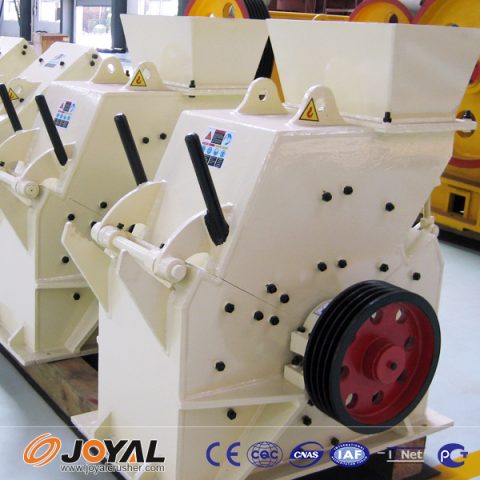

Hammer crusher is suitable for crushing all kinds of medium-hard and weak abrasive materials. The compressive strength of the crushed material should not exceed 150MPa, and the moisture content should be less than 15%, such as coal, salt, Baiya, gypsum, brick and tile , Limestone, etc., this article will introduce hammer crusher what are the common faults, and how to repair it?

Fault 1. The main shaft is bent and the vibration is large
Repair: Due to the large journal, difficult heating, and long heating time, and the temperature is not easy to control, it is recommended to use the cold straightening method, and pay attention to the applied straightening force not too sharp, to prevent the main shaft from cracking in the hidden crack; When the amount of bending is large, straightening should be performed several times; the correction value should appropriately exceed the bending value of the shaft to eliminate the impact of the springback deformation after the straightening force is removed from the shaft; when straightening, the straightening force is added To stay for a while, at the same time lightly tap the surface of the shaft along the shaft surface with a hammer to eliminate internal stress and prevent deformation after straightening; during the straightening process, the bending value of the shaft should be constantly Take measurements until the standard is met.
Fault 2. The shaft hole and outer edge of the hammer disc are badly worn
Repair: Use ZD3 electrode for surfacing, the surfacing height to the original size position, pay attention to the need for preheating before welding, so that its toughness and crack resistance is good, the surfacing layer has no cracks and flaking, which can improve wear resistance at least double .
Fault 3. The hammer shaft is easily broken, and the hammer head is worn
Repair: When the front edge of the hammer head wears to a certain extent, the hammer head can be used for flanging. The worn hammer head can be welded with wear-resistant alloy, which can save a lot of metal material consumption.